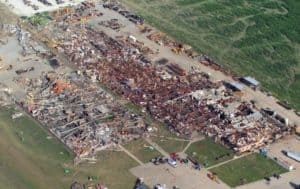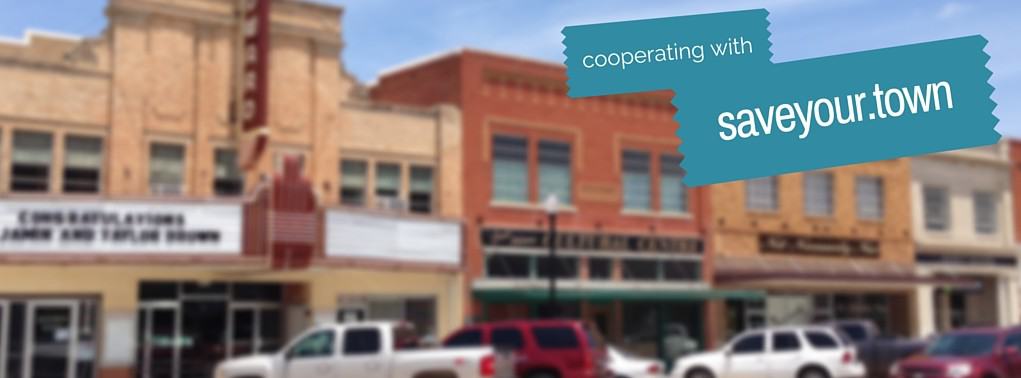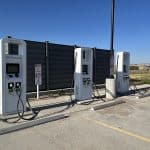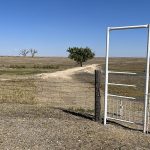 Earthquakes in Alaska. Fires in California. Tornadoes in the Mid-west. Floods on the eastern seaboard and the Gulf coast.
Earthquakes in Alaska. Fires in California. Tornadoes in the Mid-west. Floods on the eastern seaboard and the Gulf coast.
Water pipes break in your computer room. Your freezers break down. The electricity goes out for an extended period. A key player in your business dies. Someone hacks your data.
Big disasters and small disasters. Your business faces them all. Understand that the issue of a disaster happening in your business is not an if, but when.
The question is are you ready?
By their nature, small businesses, with limited resources, are more vulnerable to events that interrupt their routines. Yes, you may have insurance for a fire but what about a coffee spill on your data server. And does that insurance you have cover the loss of income you will have until your business is up and running again?
You can’t protect yourself from every possibility, but, you have take some simple steps that will get you back in business as quickly as possible with the smallest amount of interruption in time and money.
How?
It starts with a disaster plan. You can get templates for such at: the Extension Disaster Education Network at http://bit.ly/EDENReadyBiz or FEMA at www.ready.gov/business
Next, take 3 simple steps:
First, plan to stay in business.
- Know potential disruptions
- Assess how your company functions
- Protect your employees
- Provide for evacuation and sheltering in place
- Prepare for medical emergencies (CPR, first aid, etc.)
- Train on using fire extinguishers and other prevention tools.
Next, talk with your people – staff, employees, key suppliers, key customers, bankers, family, etc.
- Create an emergency planning team
- Practice drills (fire, tornado, etc.)
- Encourage employees to make home emergency supply kits and develop family emergency plans
- Detail how you will be in contact with employees, suppliers, customers and others
- Talk to your employees, and your own family, about the need to balance family and business needs during disasters
Finally, protect your investment.
- Meet with your insurance provider to understand and review current and possible additional coverages, such as lost income or business disruption
- Prepare for utility outages and disruptions
- Secure physical assets
- Protect your data and IT systems (off-site backup, etc.)
- Perhaps even consider options for where you may relocate all or part of your business (i.e., what if you need cold storage or freezer space)
These steps are not inclusive but are provided to get you thinking about “what would you do if.” They show, however, that planning need not take a great deal of time or money but might save you such in the long run.
The Purdue Initiative for Family Firms recently had an article on protecting your firm from a natural disaster. They have done an extensive study of small business survival in the wake of Katrina (https://ag.purdue.edu/agecon/PIFF/Pages/newsletters.aspx).
You can’t protect yourself against all possible disruptions, but by taking a proactive approach, to the extent possible, you can have peace of mind and a quicker recovery if something does happen.










